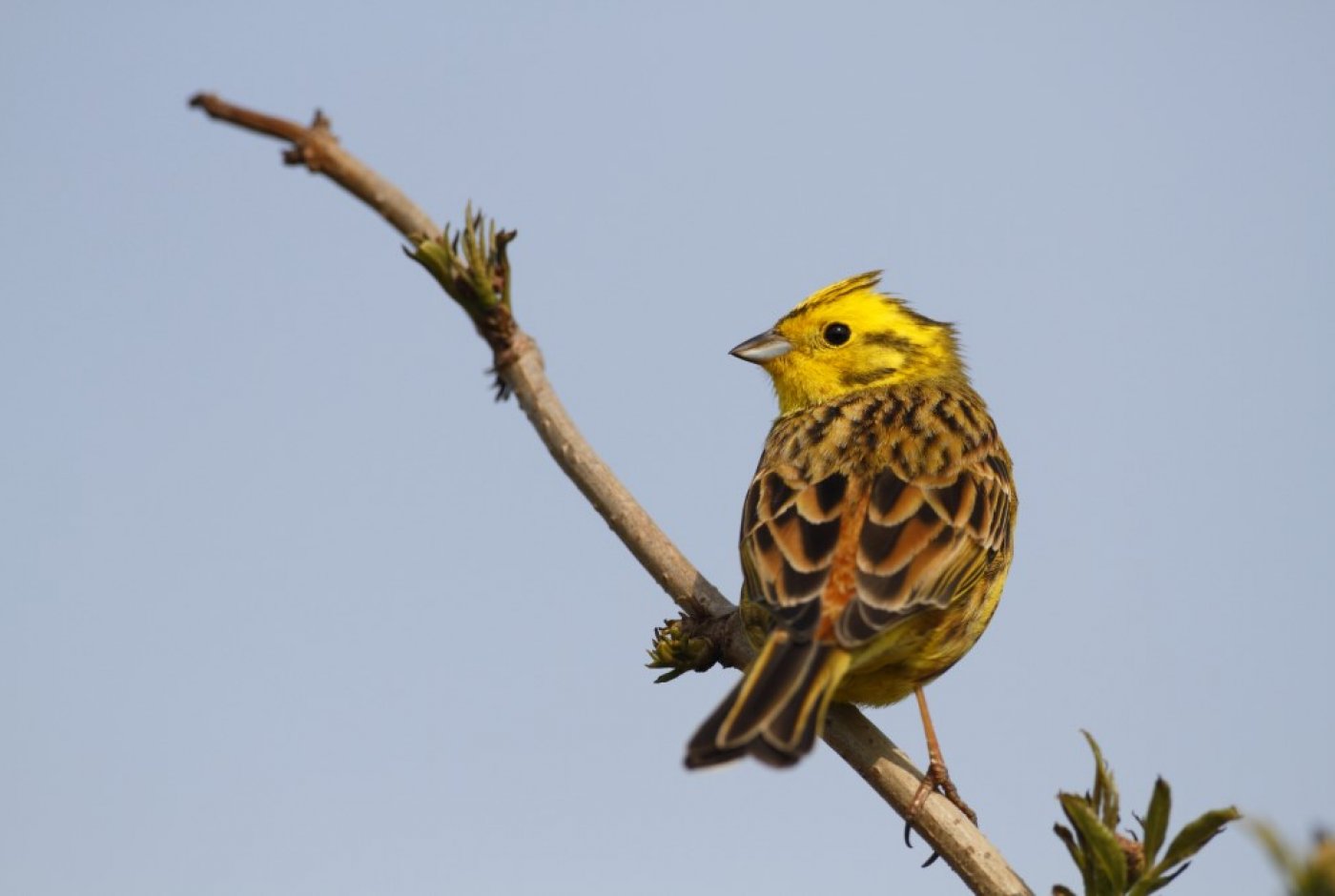
Bioacoustics: sounds of animals and human noise
Natural History Museums have collections of skins and skeletons. But you can also collect the sounds of the animals, as they have done for many years at the Natural History Museum in Aarhus, which has a bioacoustic laboratory. It has been a pioneer in Europe in animal sound studies, and with years of recordings, comparisons can be made over time.
How has the song of the yellow spruce evolved in an environment characterized by human noise? If there is a lot of noise, then you have to compensate (this applies to both animals and people), by raising the voice and speaking with a voice in a higher pitch. Is that higher pitch the result of the more powerful voice? Or does one choose a higher pitch? There has been an intense debate among the researchers, but perhaps the Bioacoustic Laboratory can help resolve the dispute.
Kent Olsen is Head of Research and Collections at the Natural History Museum. His main area is currently the wolf surveillance in Denmark, but next to that work he makes nightly observations of migratory birds based on their sound. Thorsten Balsby is a senior researcher at the Department of Bioscience - Fauna Ecology, of Aarhus University, and has a long-standing interest in bioacoustics. The two researchers have together researched the yellow spruce that can be heard in the podcast (in Danish).
Follow Science Stories on: iTunes, Spotify, Google Podcasts, Twitter, Facebook, and Instagram.